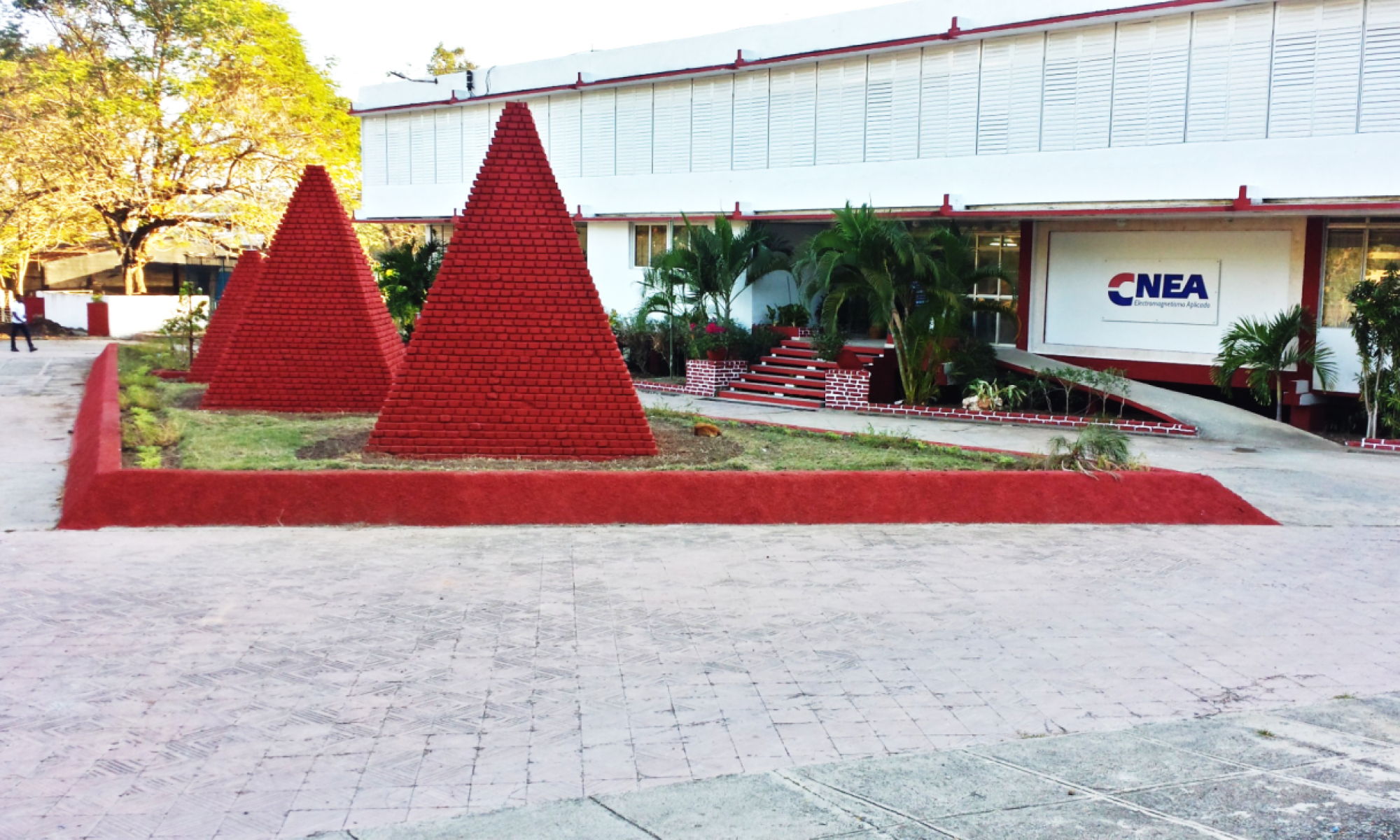
Curriculum Vitae
El Dr. Alfredo Odón Rodríguez obtuvo su licenciatura en ingeniería física en la Universidad Autónoma Metropolitana unidad Atzcapotzalco en 1990, y su doctorado en 1997 de la Universidad de Nottinghan, Inglaterra. Trabajó bajo la dirección del Professor Peter Mansfield, galardonado conjuntamente con el Professor Paul C Lauterbur, con el premio Nobel en fisiología y medicina en el año 2003. En 1998 ingresó como profesor investigador al Departamento de Ingeniería Eléctrica de la Universidad Autónoma Metropolitana unidad Iztapalapa. En 2006, junto con varios alumnos de posgrado fundó el Grupo de Investigación en Imagen y Resonancia Magnética dentro de la Universidad Autónoma Metropolitana unidad Iztapalapa. Desde 1998 ha venido realizando investigación en el desarrollo de antenas de RF para IRM a de altos campos, estudios de la interacción radiación electromagnética y materia, aplicaciones novedosas de esta técnica tanto en modelos animales como humanos, métodos de detección remota para la generación de imágenes, secuencias de flujo ultra rápidas. Es profesor/tutor de varios programas de posgrado en física médica e ingeniería biomédica en México.
Conferencia: Imágenes por resonancia magnética con detección remota
La imagenología por resonancia magnética basada en la onda viajera (IRMov) is ideal para la generación de imágenes con campos de visión de gran tamaño. A esta técnica también se le puede llamar detección remota. Inicialmente estaba destinada al uso de sistemas con intensidades de campo mayores a 7 Tesla. Entre algunas de sus ventajas se puede afirmar que no requiere de arreglos de antenas con muchos elementos para la adquisición de la imagen. Recientemente, nuestro grupo mostró que es posible generar imágenes a frecuencias menores. Este avance nos permite hacer posible el uso de este enfoque en sistemas que se encuentran en la práctica clínica diaria. Este enfoque ha originado nuevas necesidades de desarrollo: configuraciones diferentes de los gradientes de campo, técnicas nuevas de reconstrucción de la imagen, nuevas aplicaciones, entre otras cosas. En esta charla hablaremos de estos nuevos retos y el estado actual que guarda este novedoso método.

Curriculum Vitae
Received the BS, MS and PhD degrees from the University of Washington, Seattle. He is an emeritus professor of electrical and computer engineering at the University of Illinois in Chicago (UIC), where he has served as Head of the Bioengineering Department, Director of the Robotics and Automation Laboratory, and Director of Special Projects in the College of Engineering.
He is a Fellow of AAAS and AIMBE and a Life Fellow of IEEE. He held an NSC Research Chair from 1993 to 1997 and was an IEEE-EMBS distinguished lecturer of long standing. He is a recipient of the d’Arsonval Medal from the Bioelectromagnetics Society, IEEE EMC Transactions Prize Paper Award, IEEE COMAR Recognition Award, and CAPAMA Outstanding Leadership and Service Awards.
Professor Lin has served in leadership positions of several scientific and professional organizations including President of the Bioelectromagnetics Society, Chairman of the International Scientific Radio Union (URSI) Commission on Electromagnetics in Biology and Medicine, Chairman of the IEEE Committee on Man and Radiation, Vice President US National Council on Radiation Protection and Measurements (NCRP) and Chairman of its Committee on Biological Effects and Exposure Criteria for Radiofrequency Fields and Chairman of International Commission on Nonionizing Radiation Protection (ICNIRP) Task Groups. He has served on numerous advisory committees and panels for the U.S. Congress, Office of the U.S. President, National Academy of Sciences, National Research Council, National Science Foundation, National Institutes of Health, Marconi Foundation and the World Health Organization. He has authored or edited 13 books and authored 380+ book chapters and articles in journals and professional magazines, and 280+ conference presentations. He is the inventor of minimally invasive microwave ablation treatment for cardiac arrhythmia. He has chaired several international conferences including IEEE, BEMS and ICST (founding and currently honorary chairman of Wireless Mobile Communication and Healthcare – MobiHealth). He is Editor-in-Chief of the Bioelectromagnetics journal since 2006 and has served as guest editor and member of the editorial boards of several journals. He is a member of Sigma Xi, Phi Tau Phi, Tau Beta Pi, and Golden Key honorary societies. He is listed in American Men and Women of Science, Who’s Who in America, Who’s Who in Engineering, Who’s Who in the World, and Men of Achievement, among others.
TOPICS ON ADVANCES IN COMPUTATIONAL ELECTROMAGNETICS IN BIOLOGY AND MEDICINE
There has been exceptional scientific progress on electromagnetics in biology and medicine in recent years. Some examples include magnetic resonance imaging and microwave catheter ablation therapy and treatment. A major contributor to this progress has been the characterization of electromagnetic exposure and dosimetry through application of computational algorithms in voxel based, anatomically realistic human models, specifically, coupling of electromagnetic fields and their distribution inside the body. In many cases, quantitative relationships between electromagnetic energy deposition and resulting tissue temperature elevation are essential elements to facilitate biomedical applications of electromagnetics. Also, this association is valuable and has become essential in research on health effects of electromagnetic fields. This aspect of computational bioelectromagnetics is well recognized and regulatory bodies have established or recommended limits to ensure safety, using results from advances made in recent years
